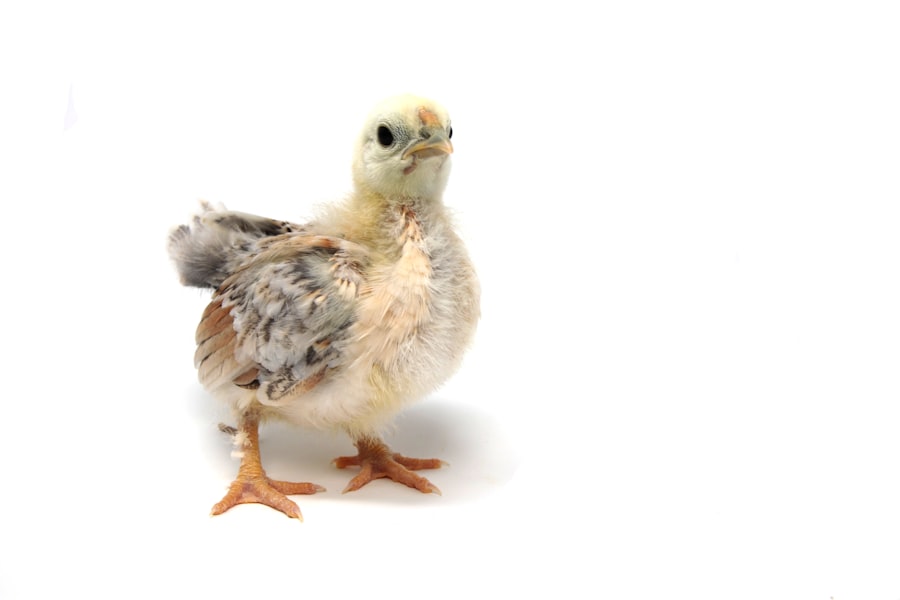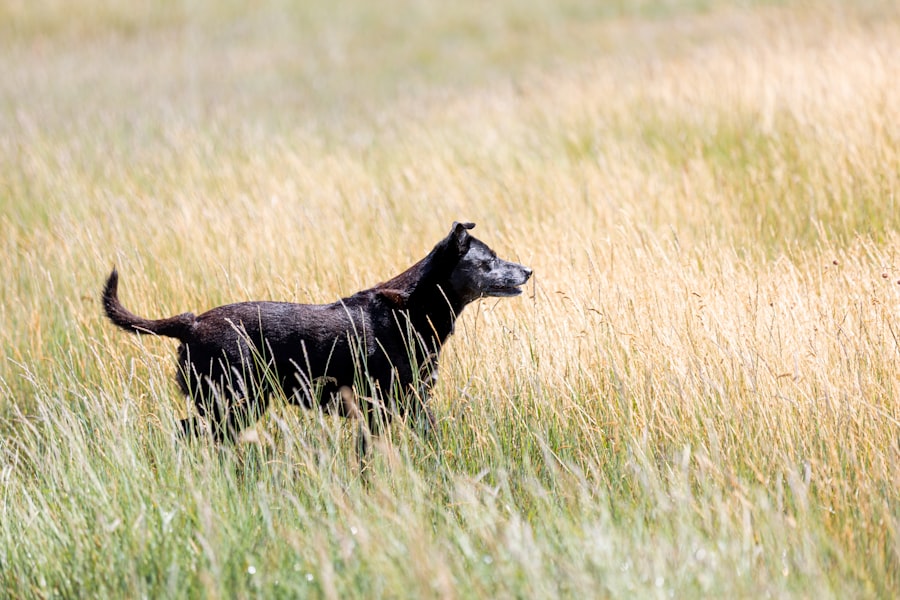The Siberian Husky and the German Shepherd are two of the most popular dog breeds in the world, each with distinct characteristics and histories that contribute to their appeal. The Siberian Husky, known for its striking appearance and energetic demeanor, was originally bred by the Chukchi people of Siberia for sled pulling and companionship. These dogs are characterized by their thick double coats, erect triangular ears, and captivating blue or multi-colored eyes.
Huskies are renowned for their friendly disposition, intelligence, and high energy levels, making them excellent companions for active families. Their social nature often leads them to be more pack-oriented, thriving in environments where they can interact with other dogs and people. On the other hand, the German Shepherd is a breed that has gained immense popularity due to its versatility and loyalty.
Originally developed in Germany for herding sheep, the German Shepherd has evolved into a working dog that excels in various roles, including police work, search and rescue, and service assistance. This breed is known for its intelligence, courage, and strong protective instincts. With a well-defined structure, German Shepherds possess a powerful build, a dense double coat that can come in various colors, and a keen sense of smell.
Their loyalty to their families is unmatched, making them not only excellent working dogs but also devoted companions.
Characteristics of a Husky and German Shepherd Mix
A mix between a Husky and a German Shepherd combines the best traits of both breeds, resulting in a dog that is both strikingly beautiful and highly intelligent. This hybrid often inherits the Husky’s striking coat patterns and the German Shepherd’s robust physique. The appearance of a Husky-German Shepherd mix can vary widely; some may lean more towards the Husky’s wolf-like features with a thick coat and piercing eyes, while others may exhibit the German Shepherd’s strong build and distinctive coloration.
Regardless of their appearance, these dogs are typically medium to large in size, with a well-muscled body that reflects their active nature. Temperamentally, a Husky-German Shepherd mix is likely to be energetic, intelligent, and social. Both parent breeds are known for their friendly demeanor, which often translates into a mix that is affectionate and eager to please.
However, this hybrid can also inherit some of the stubbornness associated with both breeds, making consistent training essential. They tend to be good with children and can get along well with other pets if properly socialized from an early age. Their playful nature means they require ample interaction and mental stimulation to prevent boredom and destructive behaviors.
Training and Socialization for a Husky and German Shepherd Mix

Training a Husky-German Shepherd mix requires patience, consistency, and positive reinforcement techniques. Both parent breeds are intelligent but can also exhibit independent thinking, which may lead to challenges during training sessions. Early socialization is crucial; exposing your puppy to various environments, people, and other animals will help them develop into well-rounded adults.
Puppy classes can be particularly beneficial, providing structured environments where they can learn basic commands while interacting with other dogs. In addition to basic obedience training, it is essential to engage this mix in activities that stimulate their minds. Advanced training techniques such as agility courses or scent work can harness their natural abilities and keep them mentally engaged.
Consistent training not only helps establish boundaries but also strengthens the bond between the dog and its owner. Given their high energy levels, incorporating training into playtime can make learning enjoyable for both the dog and the owner.
Exercise and Activity Needs for a Husky and German Shepherd Mix
| Activity Level | Exercise Needs | Playtime | Walking/Running |
|---|---|---|---|
| High | At least 60-90 minutes of vigorous exercise per day | Interactive play sessions, such as fetch or tug-of-war, for 30-60 minutes | 2-3 miles of walking or running |
| Moderate | 45-60 minutes of exercise per day | Playtime with toys or other dogs for 20-30 minutes | 1-2 miles of walking |
| Low | 30 minutes of exercise per day | Gentle play or short walks for 10-15 minutes | 0.5-1 mile of walking |
The exercise requirements for a Husky-German Shepherd mix are significant due to the high energy levels inherited from both parent breeds. Daily physical activity is essential to keep them healthy and happy; without sufficient exercise, these dogs may become bored or develop behavioral issues such as excessive barking or chewing. Ideally, they should receive at least one to two hours of vigorous exercise each day.
Activities such as running, hiking, or playing fetch are excellent ways to meet their exercise needs while also providing mental stimulation. In addition to structured exercise routines, incorporating playtime into their daily schedule is vital. Interactive games like tug-of-war or hide-and-seek can help channel their energy positively.
Socializing with other dogs during playdates or at dog parks can also provide an outlet for their energy while reinforcing good behavior through interaction with peers. It’s important to remember that both parent breeds have strong prey drives; therefore, keeping them on a leash during walks or in unfenced areas is advisable to prevent them from chasing after small animals.
Health Considerations for a Husky and German Shepherd Mix
When considering a Husky-German Shepherd mix, potential owners should be aware of certain health considerations that may arise from the combination of these two breeds. Both Huskies and German Shepherds are prone to specific health issues that could be passed down to their offspring. For instance, German Shepherds are known to suffer from hip dysplasia—a condition where the hip joint doesn’t fit snugly into the hip socket—while Huskies may face issues such as cataracts or progressive retinal atrophy (PRA).
Regular veterinary check-ups are essential to monitor for these conditions. Additionally, mixed breeds often benefit from hybrid vigor; this means they may inherit fewer genetic health problems than purebred dogs due to increased genetic diversity. However, it’s still crucial for owners to be vigilant about their dog’s health by maintaining a balanced diet, ensuring regular exercise, and keeping up with vaccinations and preventative care.
Being proactive about health can lead to a longer lifespan for these dogs, which typically ranges from 10 to 15 years depending on genetics and overall care.
Tips for Caring for a Husky and German Shepherd Mix

Caring for a Husky-German Shepherd mix involves understanding their unique needs and providing an environment that fosters their physical and mental well-being. One of the most important aspects of care is ensuring they have access to plenty of fresh water and high-quality food tailored to their age, size, and activity level. A diet rich in protein will support their energy needs while promoting healthy muscle development.
Grooming is another essential aspect of care for this mix. Both parent breeds have double coats that shed seasonally; therefore, regular brushing is necessary to manage shedding and keep their coat healthy. During shedding seasons—typically spring and fall—more frequent grooming sessions may be required to minimize loose fur around the house.
Additionally, regular dental care should not be overlooked; brushing their teeth several times a week can help prevent dental issues that are common in many dog breeds. Creating a stimulating environment is also key to keeping a Husky-German Shepherd mix happy. Providing toys that challenge them mentally—such as puzzle toys or treat-dispensing balls—can help keep boredom at bay when they are left alone.
Furthermore, establishing a routine that includes regular exercise, training sessions, and playtime will help them thrive both physically and emotionally. By understanding their needs and providing appropriate care, owners can enjoy a fulfilling relationship with this dynamic hybrid breed.








